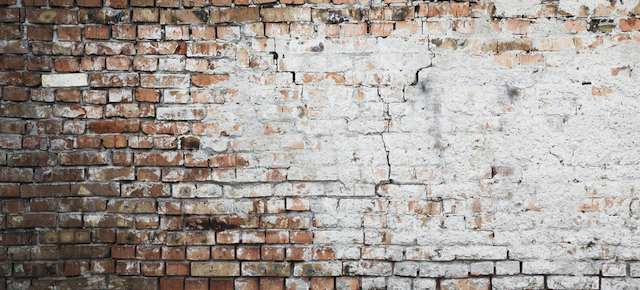Arsenic-contaminated water is a massive problem in the developing world. But, even when you filter it out, the toxic sludge that the process produces often gets dumped right back into the water supply. It’s tough to dream up a use for arsenic soup, but one research team finally has: They’re making bricks out of it.
Smart Planet calls arsenic-laced water “the largest case of mass poisoning in history.” It’s everywhere — even in parts of California, where a research team at University of California, Berkeley, are studying not only how to cheaply filter water, but what to do with the toxic stuff that results.
An article in New Scientist describes how the scientists are using a process called Electrochemical Arsenic Remediation (ECAR) to harvest arsenic from drinking water:
Susan Amrose and her team have designed a container that can hold 600 litres of water pumped in directly from a nearby well. Inside, it is fitted with a series of steel plates. A small voltage runs through the plates, making them rust more quickly. Arsenic binds to the rust as it forms and falls to the bottom of tank, where it is collected as rusty sludge. The treated water is then pumped out.
What happens next is the really exciting bit: To stabilise the toxic waste that results, the team is experimenting with embedding it in concrete blocks — which can then be used to build structures. It’s a bit like how we store medical and nuclear waste, locked inside thousands of gallons of concrete. Except this is on a far smaller scale — and the extraneous waste can actually be used.
The major caveat to their research is that no one’s quite sure how dangerous the embedded sludge could be in the long term. Apparently, the next step will be to test whether the concrete’s strength is affected — which should yield a little more information on how the bricks will degrade over time. If there aren’t any major health concerns (a major if, at this point) this process could glean a whole cottage industry of water filterers and brick producers. For now, we’ll have to wait and see. [New Scientist]
